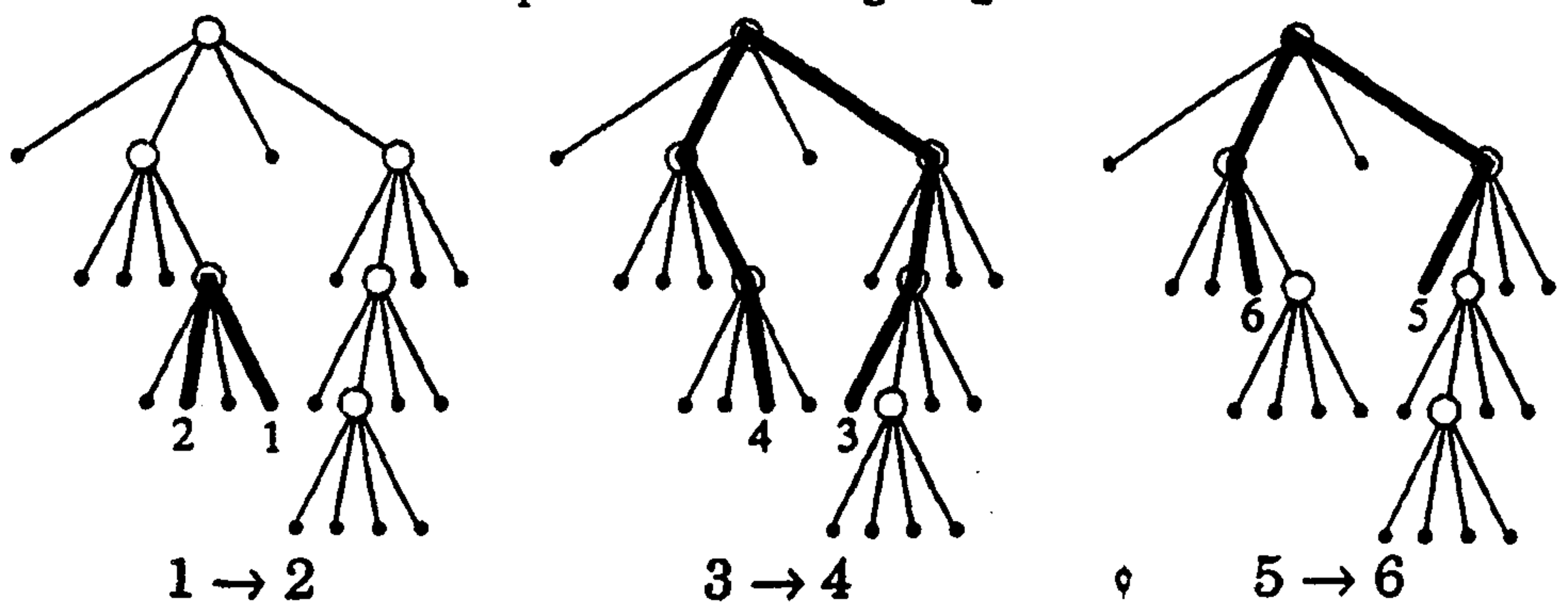Integers, blowed up

Let \(p_u(n)\) be the number of ways to partition the integer \(n\) into unique factors. For example, 7 can be partitioned into \(\{3,4\}\) or \(\{1,2,4\}\) or \(\{2,5\}\) or \(\{1,6\}\) or \(\{7\}\).
Likewise, let be the number of ways to partition into odd valued integers. As before, 7 can be partitioned into or or or or .
Prove that for all values of .
No vote yet
1 vote
Easy Math Editor
This discussion board is a place to discuss our Daily Challenges and the math and science related to those challenges. Explanations are more than just a solution — they should explain the steps and thinking strategies that you used to obtain the solution. Comments should further the discussion of math and science.
When posting on Brilliant:
*italics*or_italics_**bold**or__bold__paragraph 1
paragraph 2
[example link](https://brilliant.org)> This is a quote# I indented these lines # 4 spaces, and now they show # up as a code block. print "hello world"\(...\)or\[...\]to ensure proper formatting.2 \times 32^{34}a_{i-1}\frac{2}{3}\sqrt{2}\sum_{i=1}^3\sin \theta\boxed{123}Comments
Let Q(x)=(1+x+x2...)(1+x3+x6...)(1+x5+x10...)...=1−x1.1−x31....Then the coefficient of xn will be p0(n).
Now let P(x)=(1+x)(1+x2)....Then the coefficients here would be pu(n).
But if we multiply P(x) by (1−x)(1−x2)... and divide by that, terms will cancel and we will get P(x)=Q(x).Then we just compare coefficients.